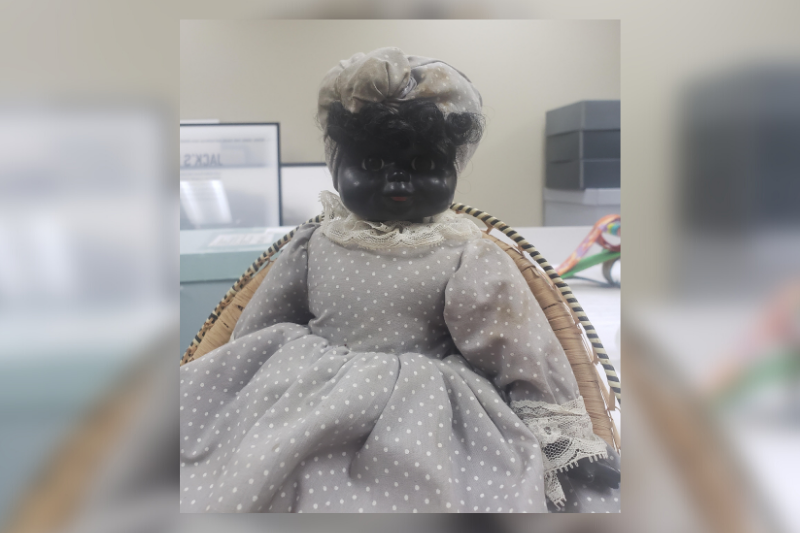
Mammy imagery can be found in the form of several objects including dolls, ceramics, cookie jars, salt and pepper shakers and other household items. The mammy caricature was part of post-Civil War propaganda that spread negative and false stereotypes about African Americans. These mammy ceramics and dolls had similar effects as the false representations created by minstrel shows. These figurines often had exaggerated features and tried to falsely portray African Americans as “docile, dumb and animated.” Despite their racist meaning, these items have been passed down and seen as memorabilia. Although these mammy dolls and ceramics dehumanize Black people, some of them are still valued and sold for hundreds of dollars.
From slavery through the Jim Crow era, the mammy image served the political, social and economic interests of mainstream white America. During slavery, the mammy caricature was posited as proof that Blacks — in this case, Black women — were contented, even happy, as slaves. Her wide grin, hearty laugher and loyal servitude were offered as evidence of the supposed humanity of the institution of slavery. The slavery-era mammy did not want to be free. She was too busy serving as surrogate mother/grandmother to white families. Mammy was so loyal to her white family that she was often willing to risk her life to defend them.
These cartoons developed more negative images during this time. The development of the cloth dolls and ceramic dolls became popular due to these cartoons. This was the mammy caricature, and, like all caricatures, it contained a little truth surrounded by a larger lie. The caricature portrayed an obese, coarse, maternal figure. She had great love for her white “family,” but often treated her own family with disdain. Although she had children, sometimes many, she was completely desexualized. She “belonged” to the white family, though it was rarely stated. Unlike Sambo, she was a faithful worker. She had no Black friends; the white family was her entire world.
Obviously, the mammy caricature was more myth than accurate portrayal. Records do acknowledge the presence of female slaves who served as the “right hand” of plantation mistresses, yet documents from the planter class during the first 50 years following the American Revolution reveal only a handful of such examples. Not until after Emancipation did Black women run white households or occupy in any significant number the special positions ascribed to them in folklore and fiction.
The Mammy was created by white Southerners to redeem the relationship between Black women and white men within slave society in response to the antislavery attack from the North during the antebellum period. In the primary records from before the Civil War, hard evidence for its existence simply does not appear. Mammy found life on vaudeville stages, in novels, in plays, and finally, in films and on television. White men, wearing black face makeup, did vaudeville skits as Sambos, Mammies and other anti-Black stereotypes. The standard for mammy depictions was offered by Harriet Beecher Stowe’s 1852 book, Uncle Tom’s Cabin. The book’s mammy, Aunt Chloe, is described in this way:
A round, black, shiny face is hers, so glossy as to suggest the idea that she might have been washed over with the whites of eggs, like one of her own tea rusks. Her whole plump countenance beams with satisfaction and contentment from under a well-starched checkered turban, bearing on it; however, if we must confess it, a little of that tinge of self-consciousness which becomes the first cook of the neighborhood, as Aunt Chloe was universally held and acknowledged to be (Stowe, 1966, p. 31).
ABOUT THE MUSEUM

The mission of the Mosaic Templars Cultural Center is to preserve, interpret and celebrate African American history and culture in Arkansas. The museum’s exhibits highlight fraternal organizations and African American entrepreneurs, as well as integration. Admission is free and MTCC is open 9 a.m. to 5 p.m. Tuesday through Saturday and from 1 to 5 p.m. Sunday. MTCC is located at 501 W. Ninth Street in Little Rock.

